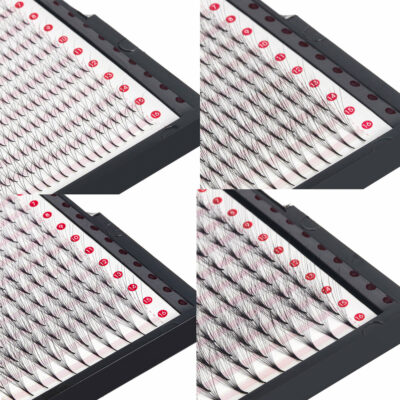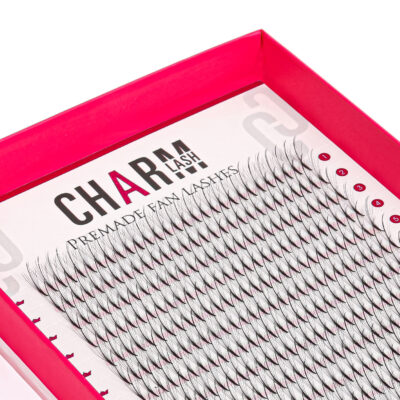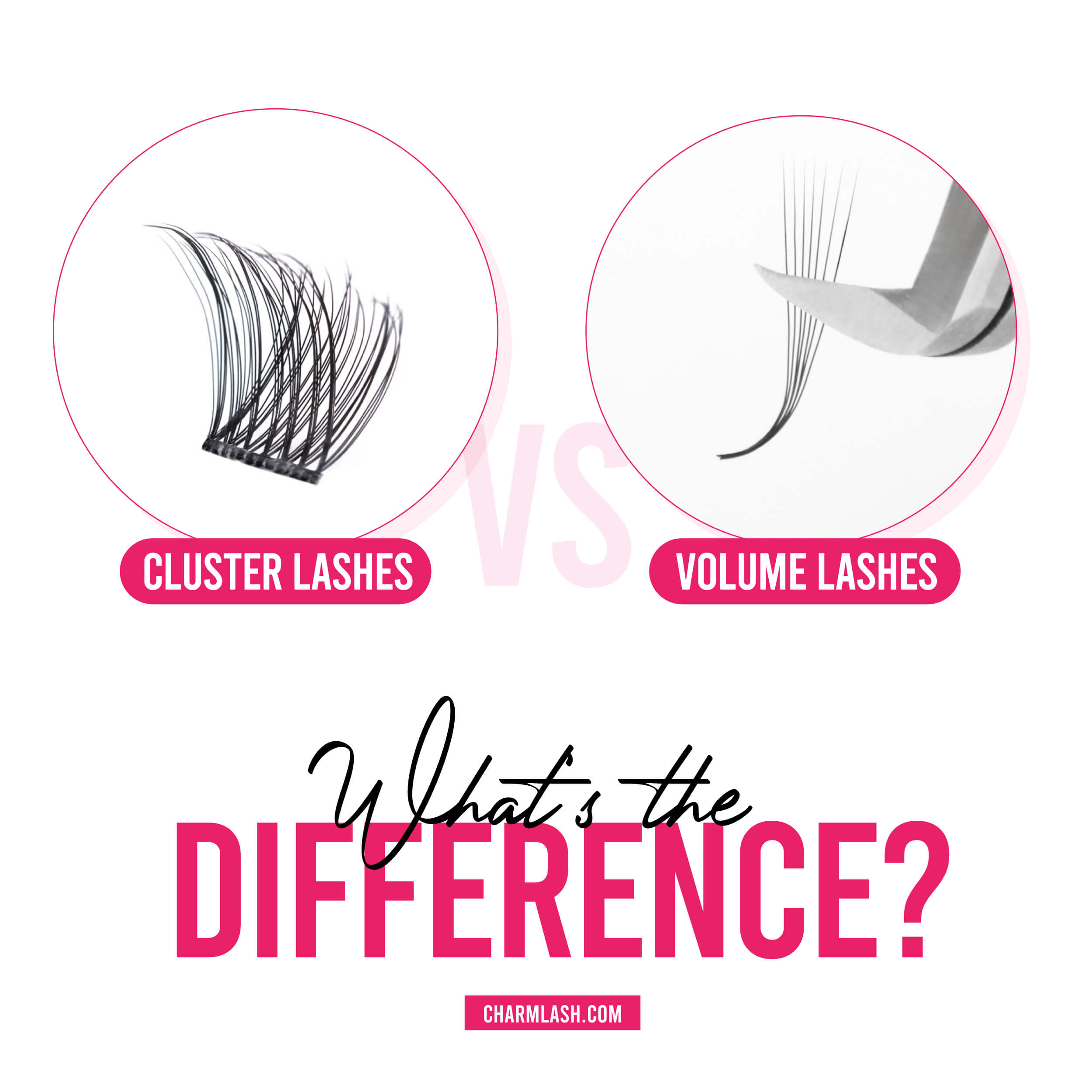There has been a common misconception in the lash industry regarding the difference between premade and promade fans. Many believe that premade fans are heat-bonded at the base, while promade fans are handmade with minimal adhesive. However, as experienced eyelash extension manufacturers in Vietnam, we are here to reveal the truth that premade fans and promade fans are essentially the same in today’s lash industry.
In this blog, we will explore the manufacturing process, debunk the misconceptions, and shed light on the true differences between premade and promade fans
Unlock the manufacturing process of premade and promade fans
Contrary to popular belief, both types of fans are made in exactly the same way. Whether they come on strips or loose, premade and promade fans are crafted by hand using specialized tools to achieve symmetrical and uniform fans. There is no significant distinction in the manufacturing process between these two fan types.
To help you have a better insight how premade and promade fans are produced, here is step-by-step video in a lash factory.
Dispelling the heat-bonded premade fan myth
One misconception is that premade lash fans are heat-bonded at the base. However, we want to set the record straight – there are no heat-bonded premade fans. After being taken out of the oven, both premade fans and promade fans are applied with a minimal amount of specialized glue at the base to ensure the lash fans stay intact. This small amount of adhesive is just enough to bond the base while maintaining the lightweight nature of the fan.
The key difference lies in the lash labor of the manufacturer you choose. If too much glue is used, the base of the fan will become heavier when dipped into lash glue and applied to natural lashes. The main purpose of premade and promade fans is to save time for lash artists, cater to more clients, and maintain the quality of the lash set. Hence, it’s important to find the premade and promade fan manufacturer who meet the rule above.

The significant between premade fans and promade fans
While both premade fans and promade fans start on a strip, the difference lies in the packaging.
Premade fan lashes
Premade fans are conveniently placed on strips, allowing lash artists to pick up and apply multiple fans simultaneously. This offers efficiency and ease during the application process. However, the number of fans in a classic tray may be limited, so purchasing a larger tray would be a costlier option. Our Premade fans come in variety of curl, lengths, thickness, dimensions and even colors for you to choose from
Promade fan lashes
On the other hand, promade fans are handmade and placed randomly in a tray. This type, known as promade loose fans, provides lash artists with flexibility and customization. With promade fans, you have the freedom to select the exact number of fans required to achieve the desired volume.
This variety of options allows for greater customization and creativity in lash applications. However, one drawback of promade fans is that when you only want to pick up a single fan, there is a chance that other fans may stick to it. This can waste your time as you have to separate them, which is not an issue with premade fans.
In conclusion, the difference between premade and promade fans lies primarily in the packaging and application process. Both fan types are made using the same manufacturing techniques, dispelling the misconception that premade fans are machine-made while promade fans are handmade. Both types of fans serve the purpose of saving time, serving more clients, and maintaining the quality of lash sets.

Whether you opt for premade fans on strips or promade loose fans, the choice ultimately depends on your preferences and specific needs as a lash artist. Embrace the convenience and flexibility offered by these lash fan options and elevate your lash artistry to new heights.
And don’t forget to follow us on Instagram for more helpful lash tips!
MAYBE YOU WANT TO KNOW MORE
Top 5 Best-selling Promade lashes for lash salons & businesses
Everything about premade wide fan, super narrow fan and narrow fan























